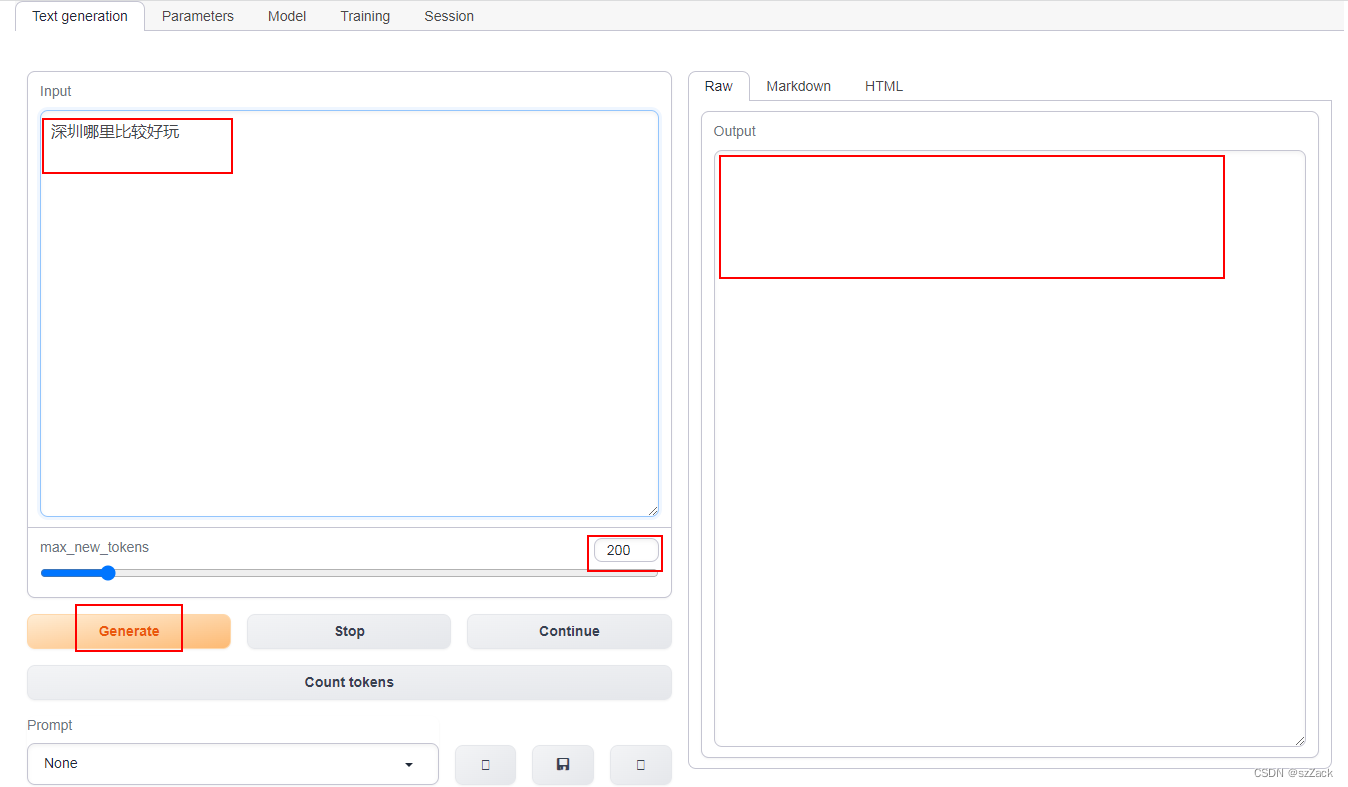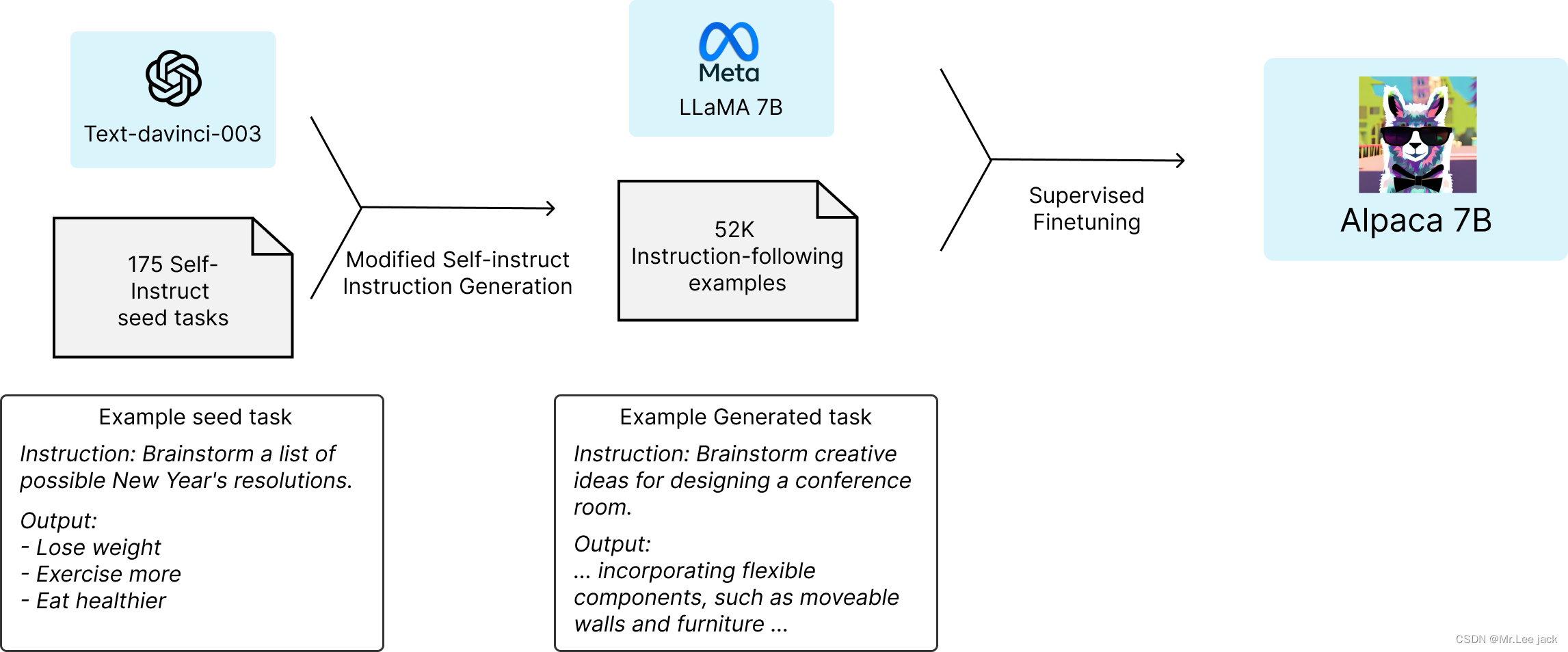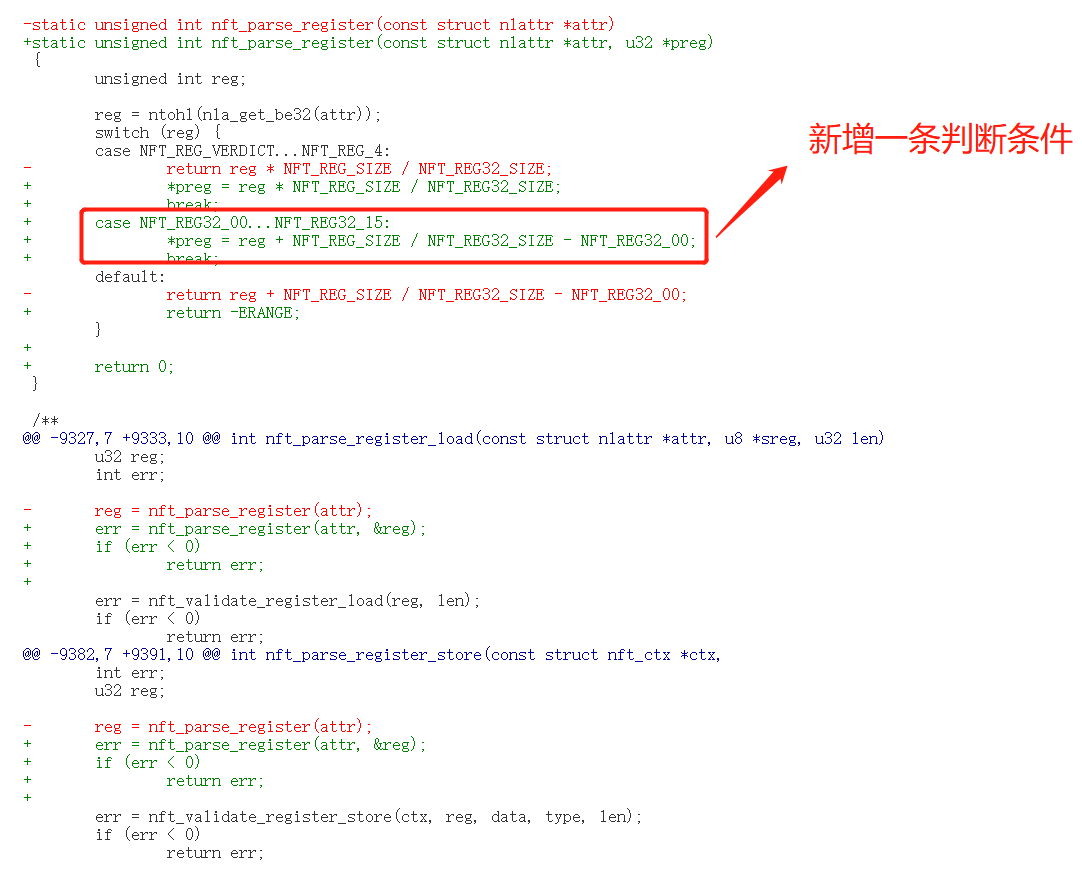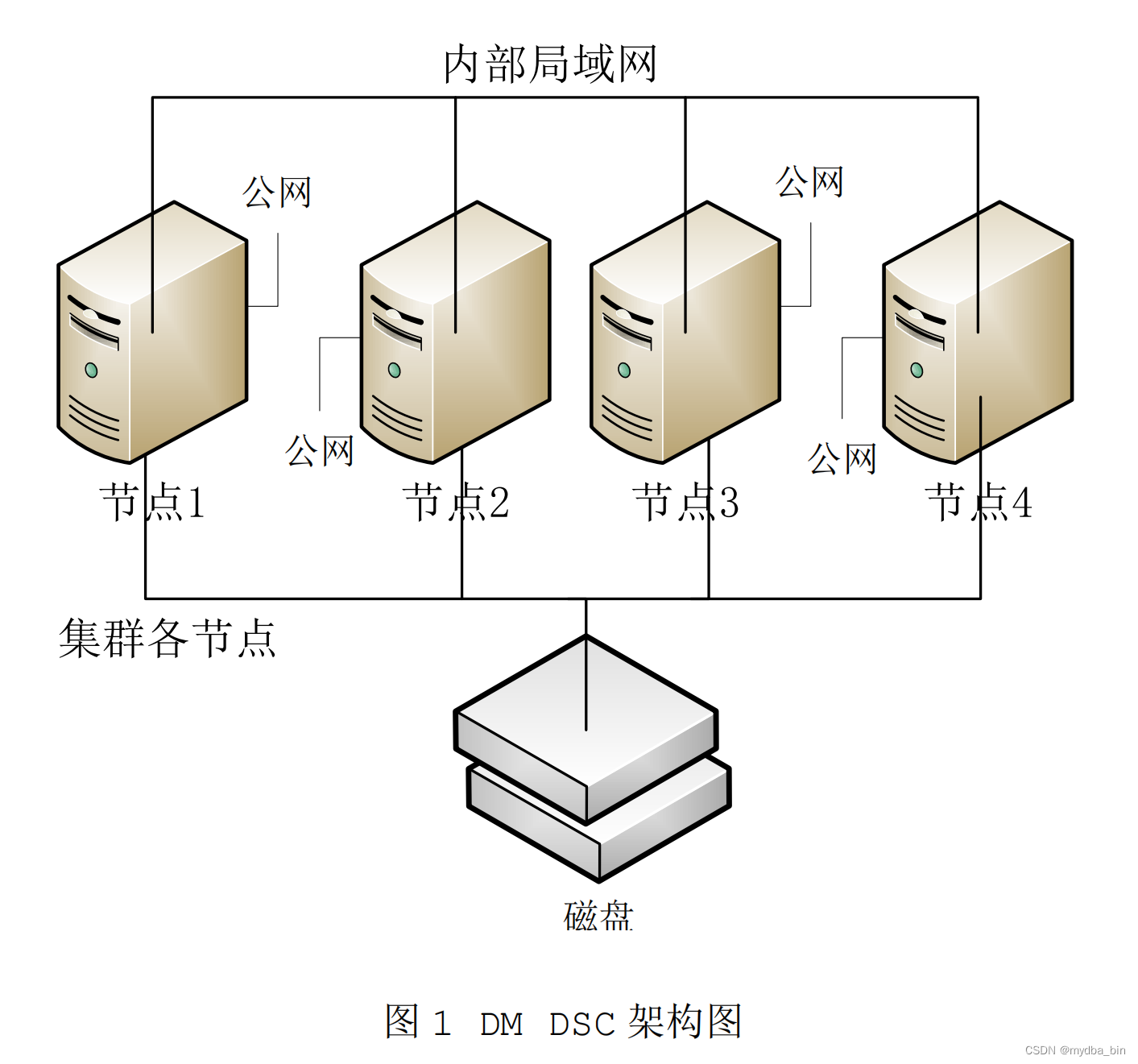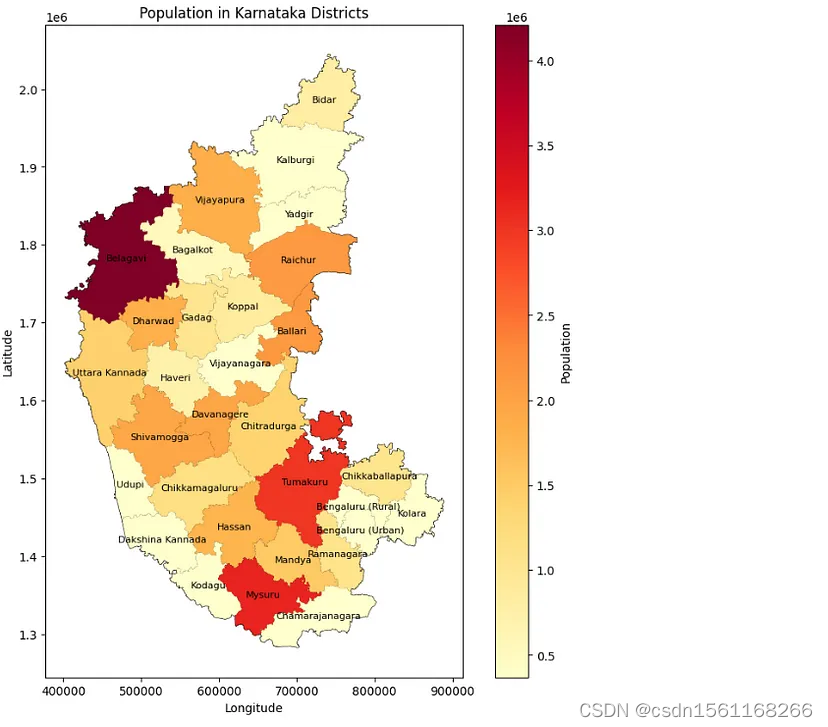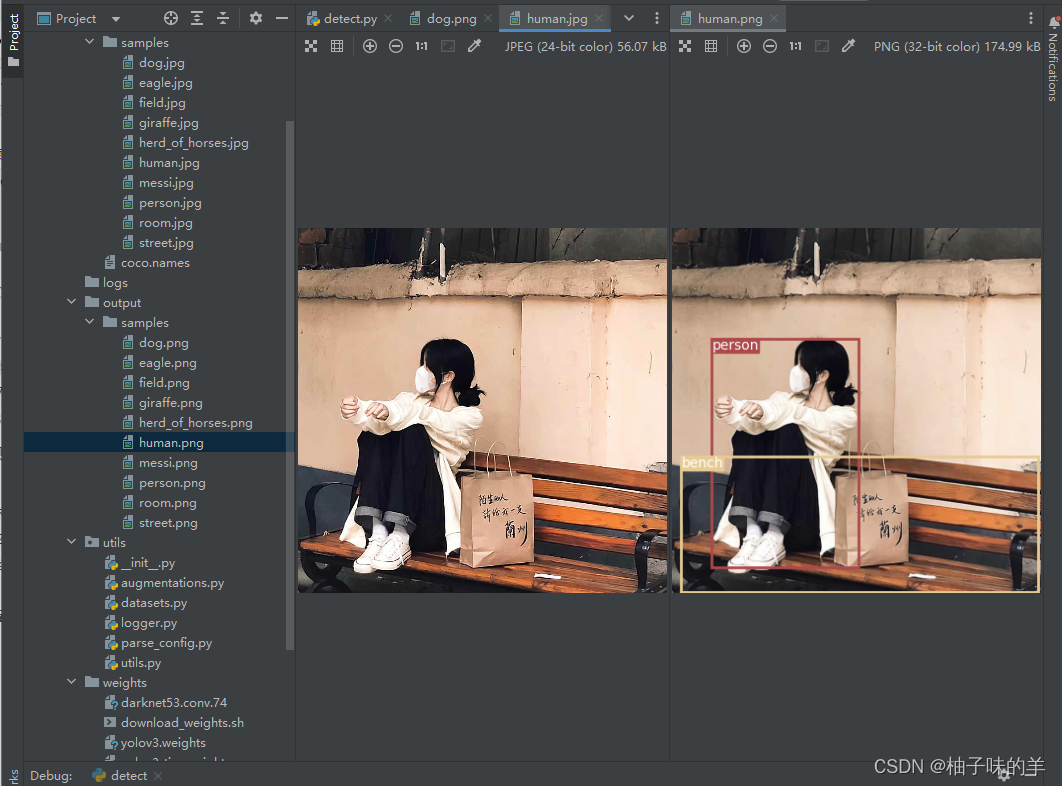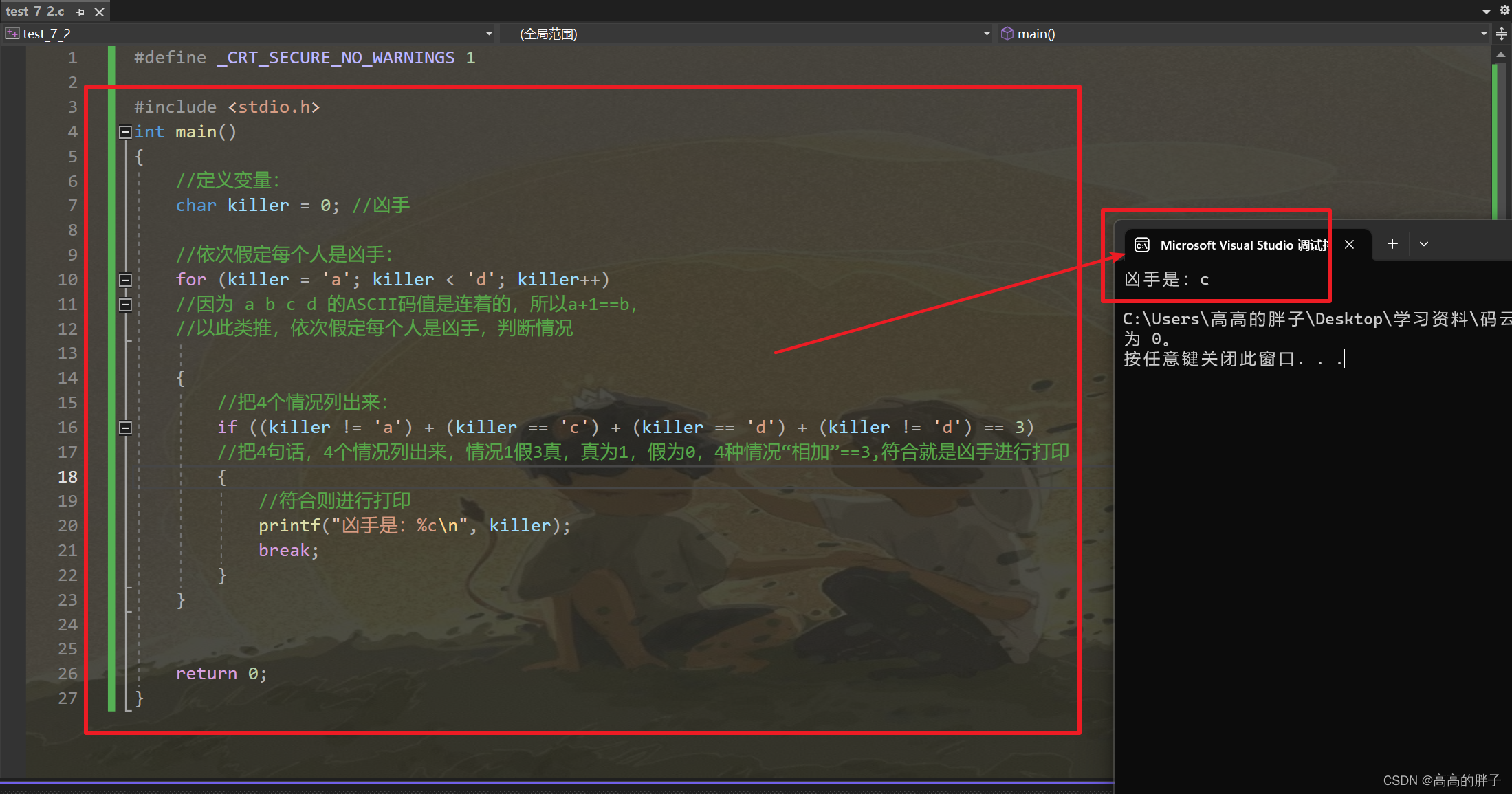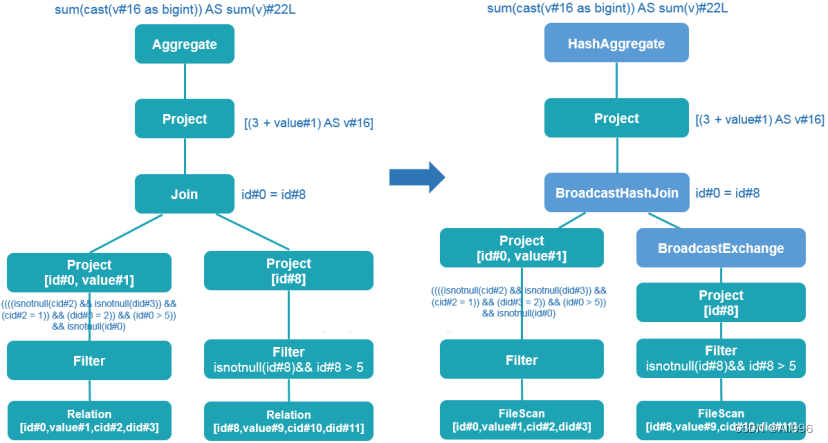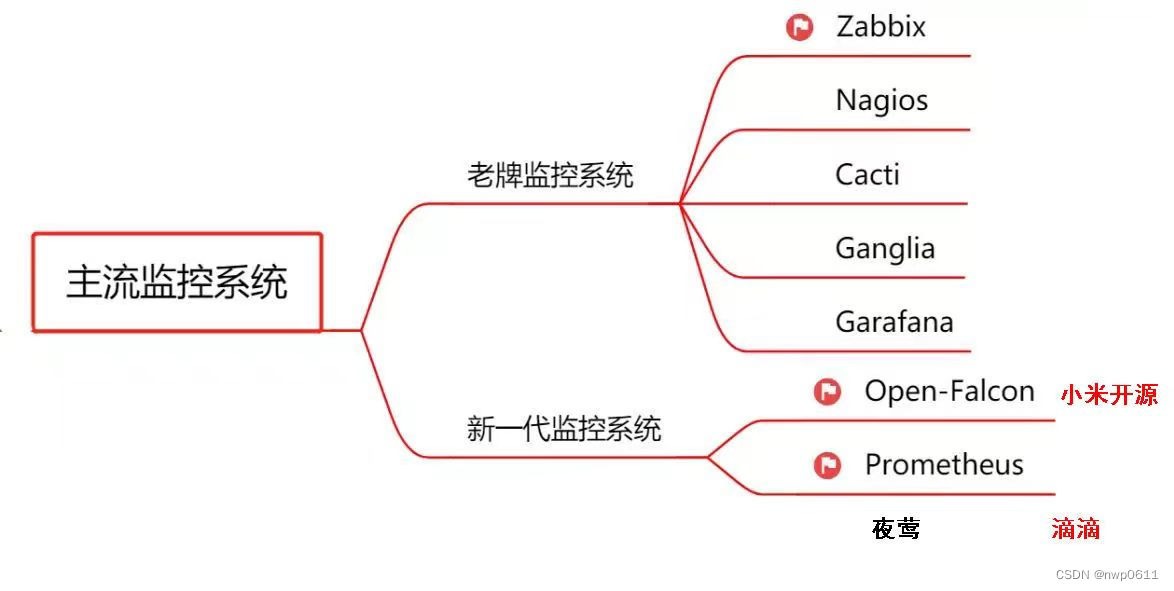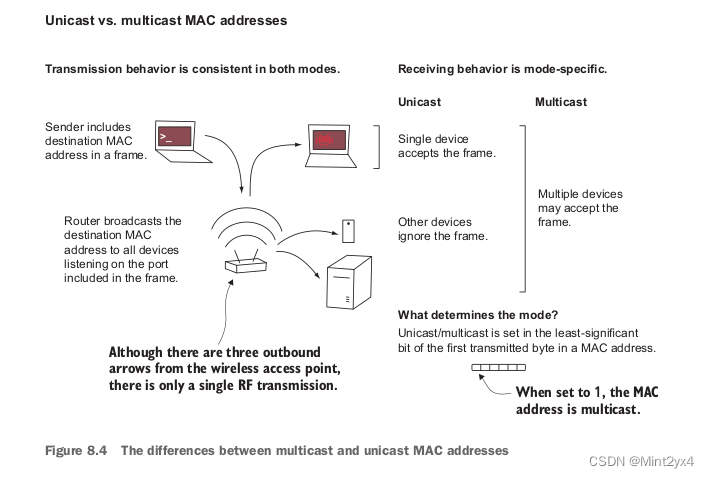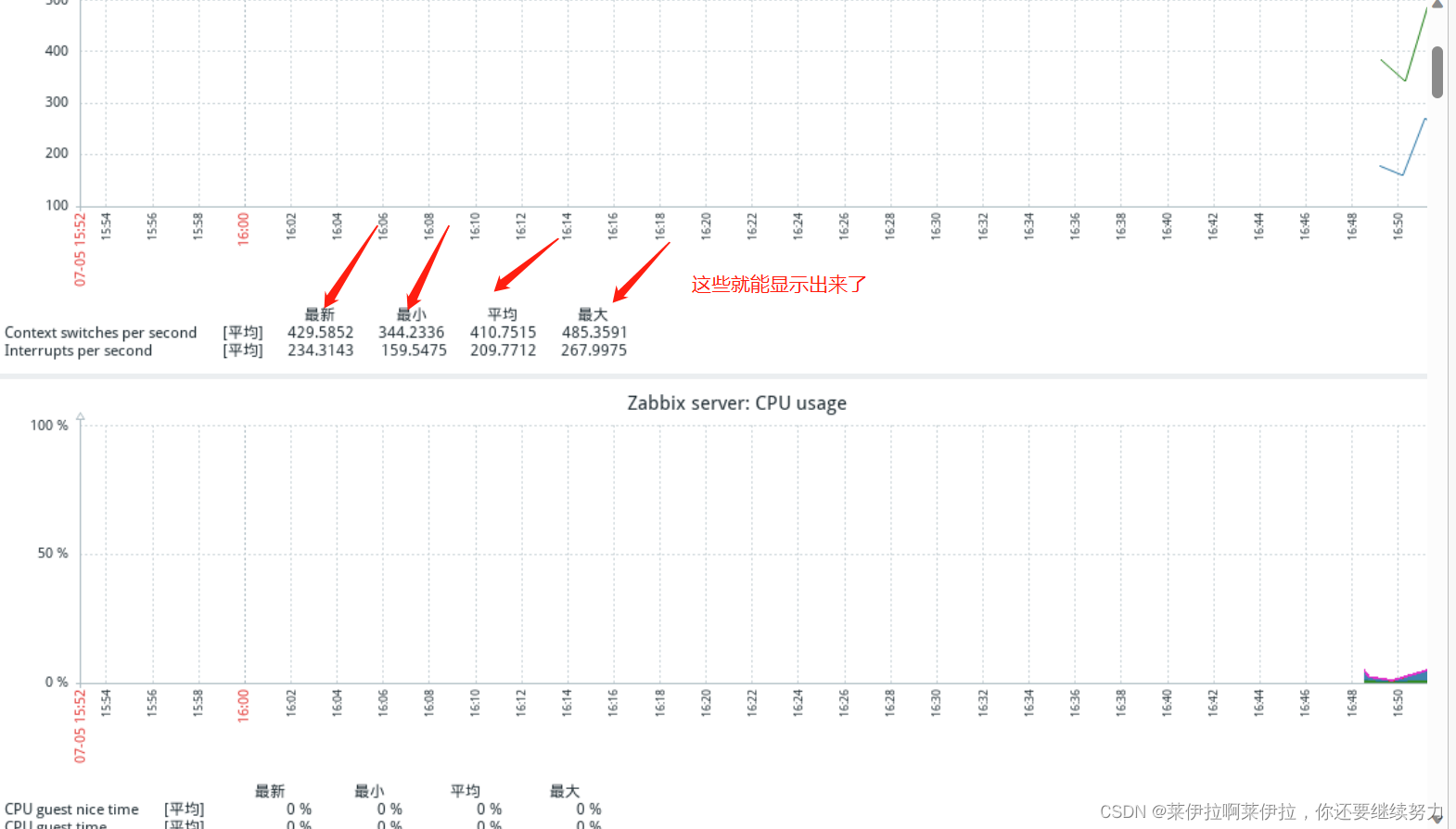文章目录
- 一、题目
- 二、暴力穷解法
- 三、KMP算法
- 四、Sunday算法
- 五、完整代码
所有的LeetCode题解索引,可以看这篇文章——【算法和数据结构】LeetCode题解。
一、题目

二、暴力穷解法
思路分析:首先判断字符串是否合法,然后利用for循环,取出子字符串利用compare函数进行比较。
程序如下:
class Solution {
public:
// 复杂度n * m
int strStr(string haystack, string needle) {
if (haystack.size() < needle.size()) return -1;
if (!needle.size()) return 0; // needle为空返回0
for (int i = 0; i < haystack.size(); ++i) {
string substr = haystack.substr(i, needle.size());
if (!needle.compare(substr)) return i;
}
return -1;
}
};
复杂度分析:
- 时间复杂度: O ( n ∗ m ) O(n * m) O(n∗m),假设haystack的长度为n,needle的长度为m,for循环的复杂度为n,当中调用了compare函数,它是逐字符比较的,复杂度为m,因此总复杂度为 O ( n ∗ m ) O(n * m) O(n∗m)。
- 空间复杂度: O ( 1 ) O(1) O(1)。
三、KMP算法
思路分析:这个算法比较著名了,简单来讲就是建立前缀表,然后进行匹配,匹配失败就根据前缀表找到下一个模式串的位置。具体的思路可以看看笔者的这片文章【算法与数据结构】字符串匹配算法。
程序如下:
// KMP算法
void getNext(int* next, const string& s) {
int j = -1;
next[0] = j;
for (int i = 1; i < s.size(); i++) { // 注意i从1开始
while (j >= 0 && s[i] != s[j + 1]) { // 前后缀不相同了
j = next[j]; // 向前回退
}
if (s[i] == s[j + 1]) { // 找到相同的前后缀
j++;
}
next[i] = j; // 将j(前缀的长度)赋给next[i]
}
}
int strStr2(string haystack, string needle) {
if (needle.size() == 0) {
return 0;
}
int* next = new int[needle.size()];
//int next[needle.size()];
getNext(next, needle);
//my_print(next, needle.size(), "前缀表:");
int j = -1; // // 因为next数组里记录的起始位置为-1
for (int i = 0; i < haystack.size(); i++) { // 注意i就从0开始
while (j >= 0 && haystack[i] != needle[j + 1]) { // 不匹配
j = next[j]; // j 寻找之前匹配的位置
}
if (haystack[i] == needle[j + 1]) { // 匹配,j和i同时向后移动
j++; // i的增加在for循环里
}
if (j == (needle.size() - 1)) { // 文本串s里出现了模式串t
return (i - needle.size() + 1);
}
}
return -1;
}
复杂度分析:
- 时间复杂度: O ( n + m ) O(n + m) O(n+m),其中n为文本串长度,m为模式串长度,因为在匹配的过程中,根据前缀表不断调整匹配的位置,可以看出匹配的过程是O(n),之前还要单独生成next数组,时间复杂度是O(m)。所以整个KMP算法的时间复杂度是O(n+m)的。
- 空间复杂度: O ( m ) O(m) O(m),需要额外的空间存放大小为m的数组。
四、Sunday算法
思路分析:思路部分大家也可以看笔者的这篇文章【算法与数据结构】字符串匹配算法。第二个版本的算法相对来说简洁快速一些。
程序如下:
// Sunday算法
int find_single_char(char c, const string& needle) {
for (int i = needle.size() - 1; i >= 0; --i) { // 找最右端的字符,因此从后往前循环
if (c == needle[i]) return i;
}
return -1;
}
int strStr3(string haystack, string needle) {
if (haystack.size() < needle.size()) return -1; // 检查合法性
if (!needle.size()) return 0; // needle为空返回0
for (int i = 0; i <= haystack.size() - needle.size(); ) {
for (int j = 0; j < needle.size(); ++j) {
if (needle[j] != haystack[i + j]) { // 匹配失败
int k = find_single_char(haystack[i + needle.size()], needle); // 文本字符串末尾的下一位字符串
if (k == -1) i += needle.size() + 1; // 模式串向右移动 模式串长度 + 1
else i += needle.size() - k; // 向右移动 模式串最右端的该字符到末尾的距离+1
break;
}
if (j == needle.size() - 1) return i; // 匹配成功
}
}
return -1;
}
// 查找算法用哈希表代替的Sunday算法
int strStr4(string haystack, string needle) {
if (haystack.size() < needle.size()) return -1; // 检查合法性
if (!needle.size()) return 0; // needle为空返回0
int shift_table[128] = { 0 }; // 128为ASCII码表长度
for (int i = 0; i < 128; i++) { // 偏移表默认值设置为 模式串长度 + 1
shift_table[i] = needle.size() + 1;
}
for (int i = 0; i < needle.size(); i++) { // 如果有重复字符也会覆盖,确保shift_table是 模式串最右端的字符到末尾的距离 + 1
shift_table[needle[i]] = needle.size() - i;
}
int s = 0; // 文本串初始位置
int j;
while (s <= haystack.size() - needle.size()) {
j = 0;
while (haystack[s + j] == needle[j]) {
++j;
if (j >= needle.size()) return s; // 匹配成功
}
// 找到主串中当前跟模式串匹配的最末字符的下一个字符
// 在模式串中出现最后的位置
// 所需要从(模式串末尾+1)移动到该位置的步数
s += shift_table[haystack[s + needle.size()]];
}
return -1;
}
复杂度分析:
- 时间复杂度: 平均时间复杂度为 O ( n ) O(n) O(n),最坏情况时间复杂度为 O ( n ∗ m ) O(n*m) O(n∗m)。
- 空间复杂度: O ( 1 ) O(1) O(1)。
五、完整代码
# include <iostream>
# include <string>
using namespace std;
void my_print(int* arr, int arr_len, string str) {
cout << str << endl;
for (int i = 0; i < arr_len; ++i) {
cout << arr[i] << ' ';
}
cout << endl;
}
class Solution {
public:
// 暴力穷解
// 复杂度n * m
int strStr(string haystack, string needle) {
if (haystack.size() < needle.size()) return -1;
if (!needle.size()) return 0; // needle为空返回0
for (int i = 0; i < haystack.size(); ++i) {
string substr = haystack.substr(i, needle.size());
if (!needle.compare(substr)) return i;
}
return -1;
}
// KMP算法
void getNext(int* next, const string& s) {
int j = -1;
next[0] = j;
for (int i = 1; i < s.size(); i++) { // 注意i从1开始
while (j >= 0 && s[i] != s[j + 1]) { // 前后缀不相同了
j = next[j]; // 向前回退
}
if (s[i] == s[j + 1]) { // 找到相同的前后缀
j++;
}
next[i] = j; // 将j(前缀的长度)赋给next[i]
}
}
int strStr2(string haystack, string needle) {
if (needle.size() == 0) {
return 0;
}
int* next = new int[needle.size()];
//int next[needle.size()];
getNext(next, needle);
//my_print(next, needle.size(), "前缀表:");
int j = -1; // // 因为next数组里记录的起始位置为-1
for (int i = 0; i < haystack.size(); i++) { // 注意i就从0开始
while (j >= 0 && haystack[i] != needle[j + 1]) { // 不匹配
j = next[j]; // j 寻找之前匹配的位置
}
if (haystack[i] == needle[j + 1]) { // 匹配,j和i同时向后移动
j++; // i的增加在for循环里
}
if (j == (needle.size() - 1)) { // 文本串s里出现了模式串t
return (i - needle.size() + 1);
}
}
return -1;
}
// Sunday算法
int find_single_char(char c, const string& needle) {
for (int i = needle.size() - 1; i >= 0; --i) { // 找最右端的字符,因此从后往前循环
if (c == needle[i]) return i;
}
return -1;
}
int strStr3(string haystack, string needle) {
if (haystack.size() < needle.size()) return -1; // 检查合法性
if (!needle.size()) return 0; // needle为空返回0
for (int i = 0; i <= haystack.size() - needle.size(); ) {
for (int j = 0; j < needle.size(); ++j) {
if (needle[j] != haystack[i + j]) { // 匹配失败
int k = find_single_char(haystack[i + needle.size()], needle); // 文本字符串末尾的下一位字符串
if (k == -1) i += needle.size() + 1; // 模式串向右移动 模式串长度 + 1
else i += needle.size() - k; // 向右移动 模式串最右端的该字符到末尾的距离+1
break;
}
if (j == needle.size() - 1) return i; // 匹配成功
}
}
return -1;
}
};
int main()
{
//string haystack = "sadbutsad";
//string needle = "sad";
//string haystack = "abc";
//string needle = "c";
//string haystack = "substring searching algorithm";
//string needle = "search";
//string haystack = "hello";
//string needle = "ll";
//string haystack = "mississippi";
//string needle = "issi";
string haystack = "aabaaaababaababaa";
string needle = "bbbb";
int k = 2;
Solution s1;
cout << "目标字符串:\n" << "“" << haystack << "”" << endl;
int result = s1.strStr3(haystack, needle);
cout << "查找子串结果:\n" << result << endl;
system("pause");
return 0;
}
end


